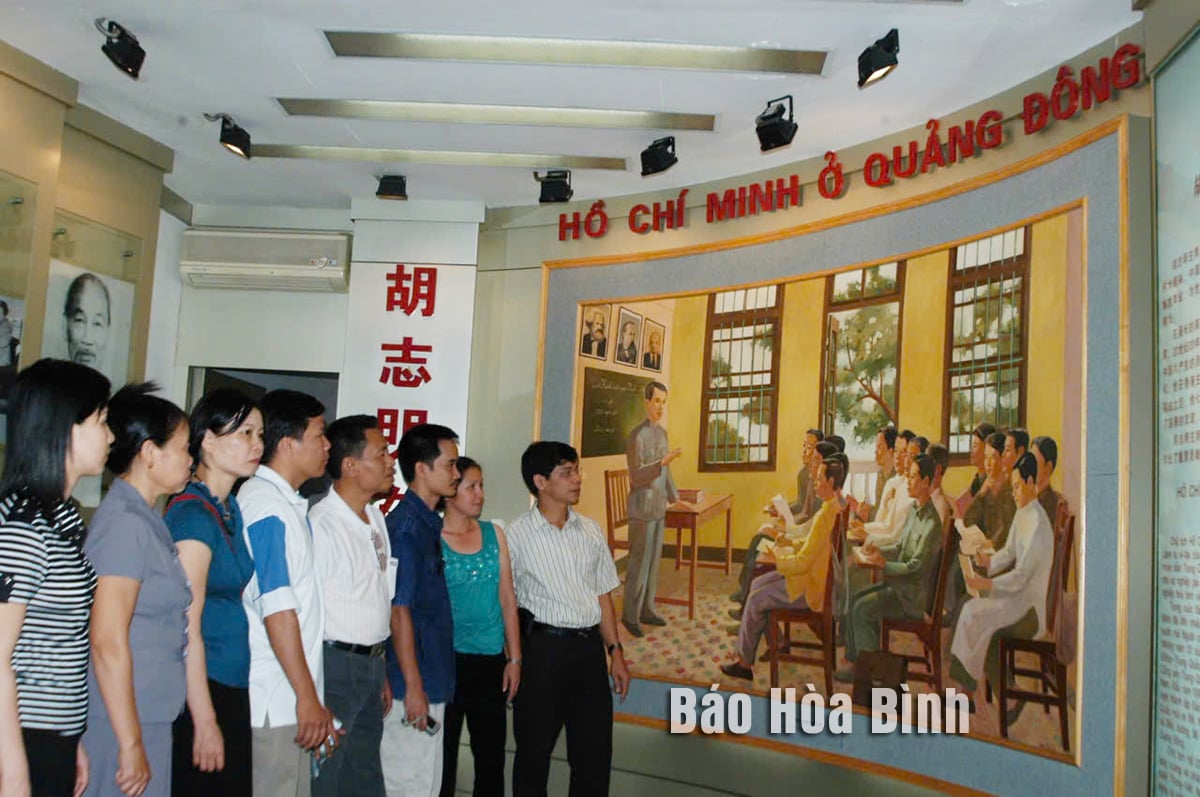
Hoa Binh Newspaper delegation visits historical site of leader Nguyen Ai Quoc in Guangzhou (China), June 2007.
During that trip, we visited Uncle Ho Memorial House, which was the first training school for cadres of the Vietnamese revolution, located at house number 13 (now number 248 - 250) Van Minh street, Dong Son district, Guangzhou city, in a large and quiet neighborhood opposite Zhongshan University (now Guangzhou Revolutionary Museum). This is a place associated with President Ho Chi Minh 's revolutionary career in Guangzhou from 1924 to 1927. Surprisingly, over the past 99 years, many events have occurred in this neighborhood, many ancient houses have been demolished, replaced by high-rise buildings, but only house number 250 Van Minh Street, where President Ho Chi Minh founded and published Thanh Nien Newspaper - the mouthpiece of the Vietnam Revolutionary Youth Association on June 21, 1925, still retains the original architecture of that time, still standing over the years and being carefully preserved by the government and people of Guangzhou.
The house has 3 floors, the "top floor" has no roof, used as a kitchen to cook for the students. Uncle Ho's resting and working room is not big, just enough to fit a personal bed and an entrance, the suitcase must be placed under the bed. The middle floor has many rooms, Uncle Ho chose the largest room as a classroom, placed four rows of small tables with chairs and a small wooden board for books, notebooks, and pens.
According to the Chinese tour guide: In December 1924, from Moscow (Soviet Union), comrade Nguyen Ai Quoc returned to Guangzhou. Every day, Uncle Ho worked at the Communist International Headquarters in Guangzhou City. In 1925, Uncle Ho reformed the organization "Tam Tam Xa", the predecessor of the Vietnam Revolutionary Youth Association, to gather patriotic Vietnamese youth to educate and spread the revolution to them. He was in charge of the class and directly taught and lectured on revolutionary ethics to the students. His lectures were collected and published in the book "Duong Kach Menh" - one of the first theoretical documents of the Communist Party of Vietnam .
After 100 years, since leader Nguyen Ai Quoc lived and worked in Guangzhou, this house number 13 still retains its sacred relics, including many faded and old chairs, but still carrying the warmth of Uncle Ho and the first soldiers of the Vietnamese revolution when they studied here... The house has 3 floors. From the first floor to the upper floor of the house, you have to go through the printing room of Thanh Nien Newspaper. Stopping here, we saw with our own eyes valuable artifacts such as rattan chairs, typewriters, Roneo printers, handwritten manuscripts with corrections and editing, bamboo bookshelves containing publications of Thanh Nien Newspaper, the desks and chairs of Uncle Ho and the comrades who directly participated in writing, editing and publishing the newspaper.
In the early days, Thanh Nien Newspaper was published once a week, printing over 100 copies. Later, due to many difficulties, the next issue was 3 to 5 weeks apart from the previous one, the newspaper's mantle was written in two characters, Vietnamese and Chinese. The number of each newspaper was written in a 5-pointed star, most of each issue had two pages of average size 13x19cm, a few had 4 pages. The newspaper had sections: Editorial, commentary, women's forum, criticism, news, poetry, questions and answers, reader responses, and jobs. Some of the first newspapers had articles written in Chinese characters, such as "Women's Times", "Tan Van"... The articles used Annamese words (not yet Vietnamese words). The letters d, c, ph, ngh... were replaced by z, k, f, ng... This shortened wording not only saved paper but also gave readers a unique, innovative impression that only Thanh Nien Newspaper had at that time. On the front page of each issue, there is a red stamp "Vietnam Revolutionary Youth Association", and a blue ink stamp: The newspaper is not for sale. The printed newspaper is shipped to Hong Kong and then sent back to the country via a secret line through the communication system on ships. Some are sent to the Association's organizations in Thailand, China, to Vietnamese patriots in France and to the Communist International.
Chief of Indochina Secret Service L. Marty - who had been following Nguyen Ai Quoc's appearance in Guangzhou since late 1924 commented: The owner of this newspaper was extremely wise, during the first 60 issues, he never revealed the Marxist character of his newspaper, only talking about patriotism, nationality and hatred of our colonial regime, and then from issue 61 (December 18, 1926), he led readers to the conclusion: to gain independence, there was no other way than to follow Lenin and the Third International, to establish the Communist Party...
With about 200 issues, Thanh Nien Newspaper played an extremely important historical role in propaganda, ideological, theoretical and organizational preparation for the birth of communist groups in late 1929 and the establishment of the Communist Party of Vietnam in early 1930.
The memorial house of President Ho Chi Minh's time working in this land is carefully preserved, showing how much the Chinese people love and respect his reputation, talent and virtue, despite the changes of time and life.
Since that memorable trip, my awareness and pride in being a journalist have multiplied in me and my colleagues. We also feel more deeply the great contributions of Uncle Ho and previous revolutionary journalists to the country as well as to the Vietnamese Revolutionary Journalism today.
Thuy An (Contributor)
Source: https://baohoabinh.com.vn/16/202193/Tham-noi-Bao-Thanh-nien-ra-so-dau.htm



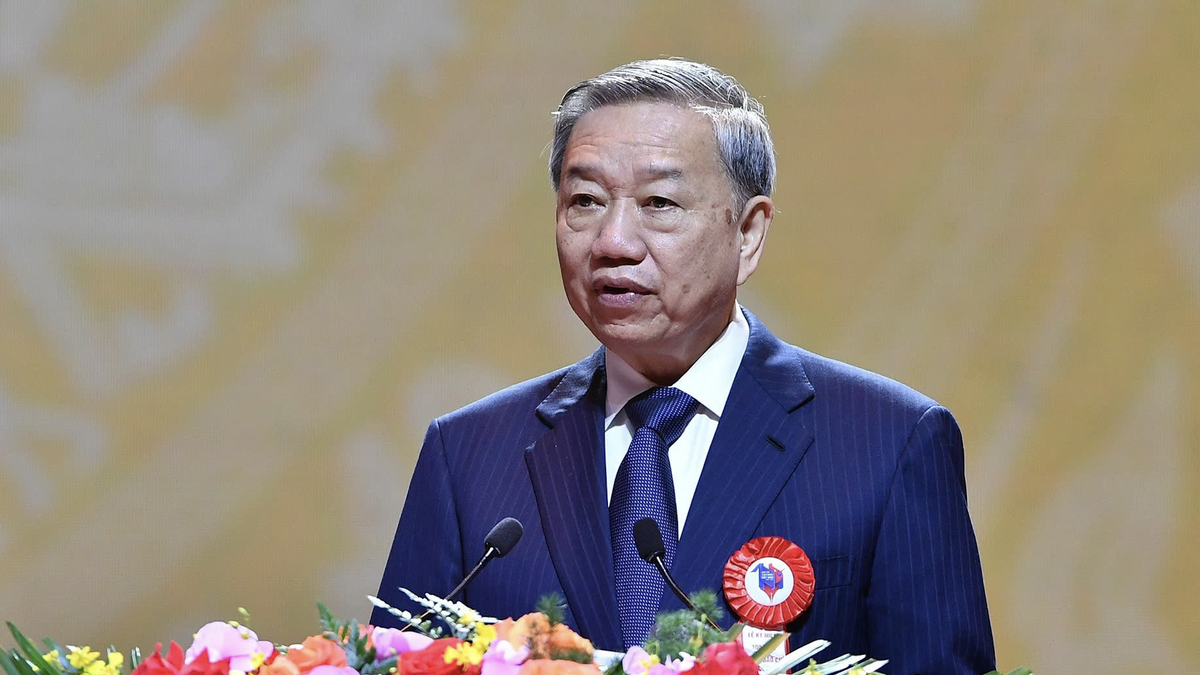




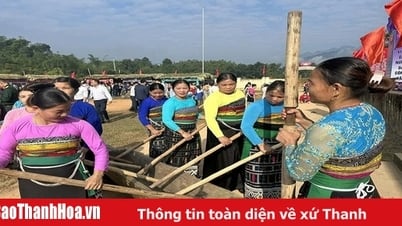



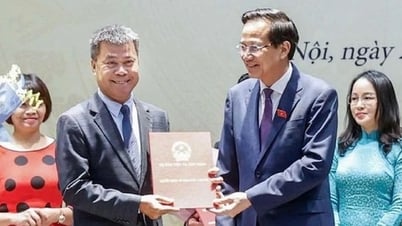



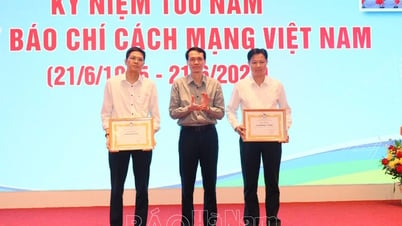






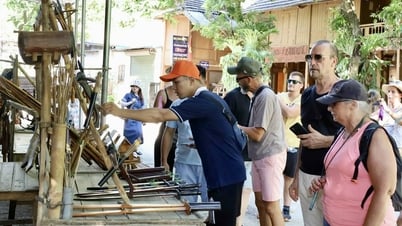



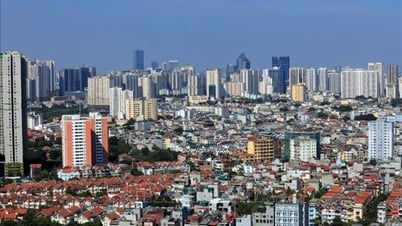
![[Photo] Central Propaganda and Mass Mobilization Department meets with exemplary journalists](https://vphoto.vietnam.vn/thumb/1200x675/vietnam/resource/IMAGE/2025/6/21/9509840458074c03a5831541450d39f8)




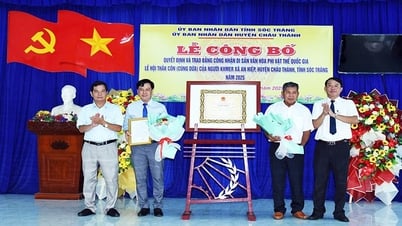










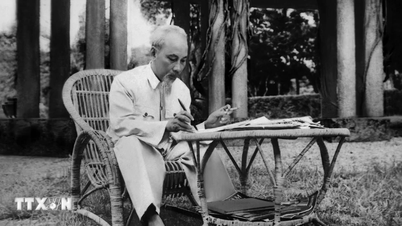










![[Maritime News] Wan Hai Lines invests $150 million to buy 48,000 containers](https://vphoto.vietnam.vn/thumb/402x226/vietnam/resource/IMAGE/2025/6/20/c945a62aff624b4bb5c25e67e9bcc1cb)

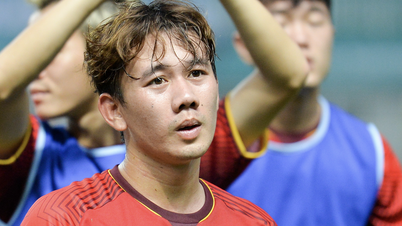

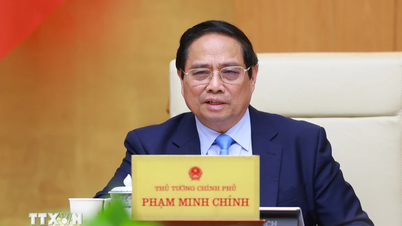










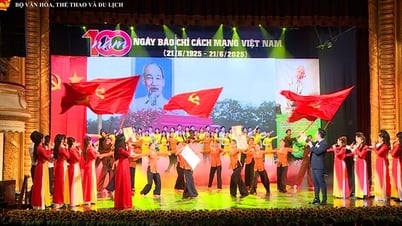



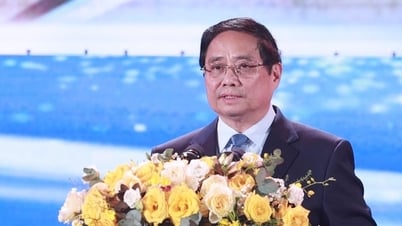
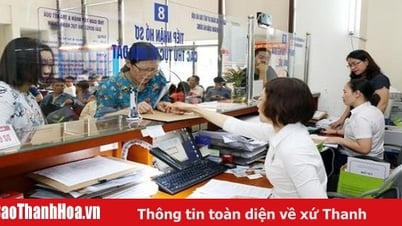
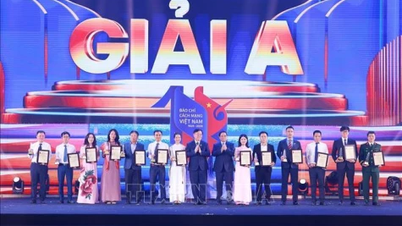



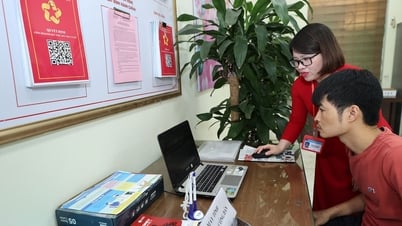














Comment (0)